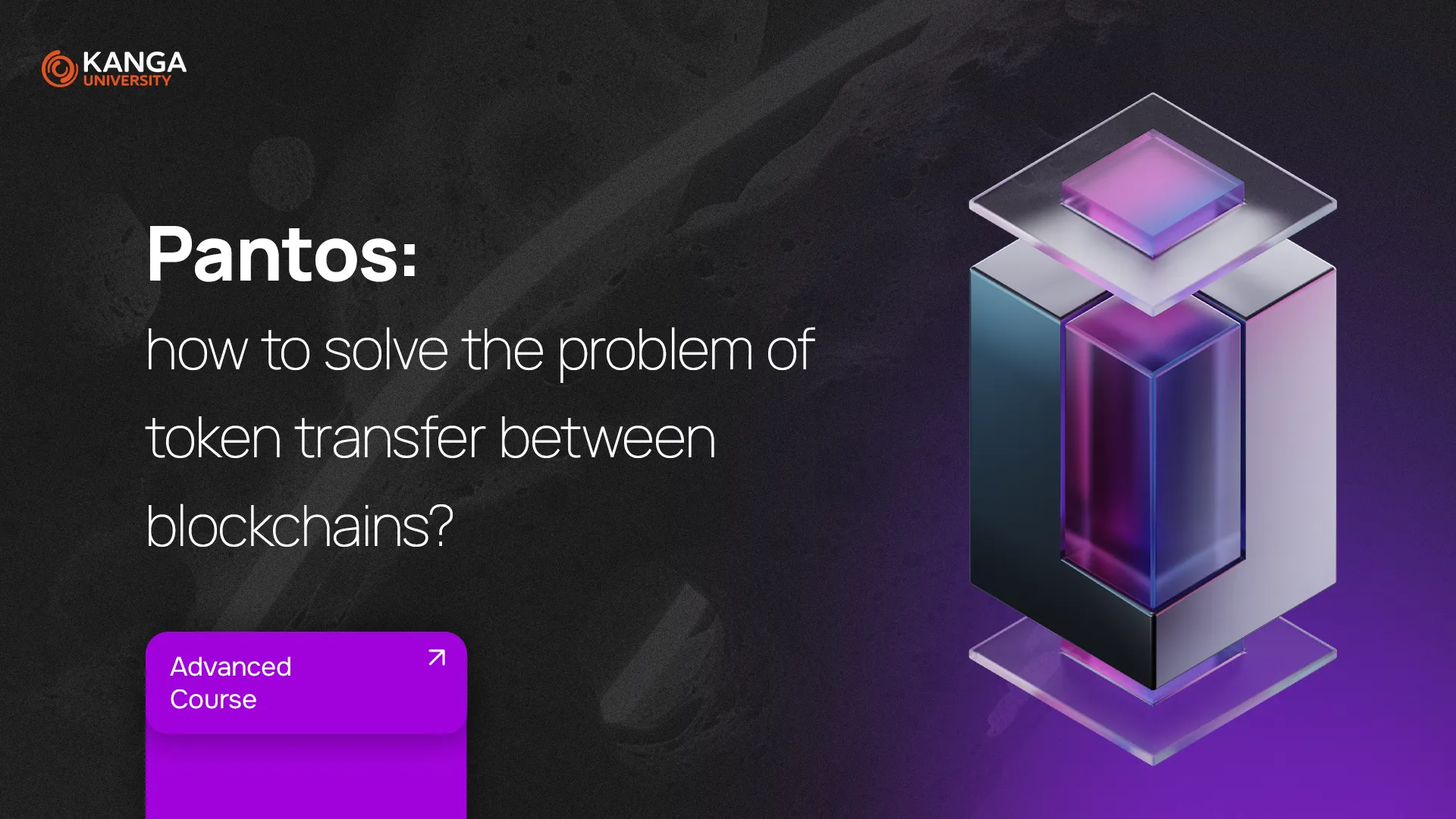
Imagine a world where blockchains like Ethereum, Polygon, Avalanche, and Fantom could talk to each other effortlessly. No complicated bridges, no centralized exchanges, no risks of losing tokens in the process. That’s the vision behind Pantos, an open-source project designed to solve one of the biggest challenges in the crypto space: interoperability.
What Is Pantos?
Pantos is a cross-chain protocol that enables seamless communication and asset transfers between different blockchain networks.
Its core innovation is the PANTOS Digital Asset Standard (PANDAS) – a multi-chain token standard built to overcome the limitations of ERC-20, the widely used Ethereum token format.
While ERC-20 tokens are powerful within a single blockchain, they struggle to move across chains. Users often have to deposit their tokens into centralized exchanges or rely on unreliable bridges just to transfer assets. Pantos eliminates that complexity with a native, chain-agnostic solution.
Why Does This Matter?
PANTOS allows developers to create tokens that work natively across multiple blockchains from day one. That means better user experience, higher security, and faster adoption for Web3 applications.
As of April 2025, the PANDAS standard supports major networks including Ethereum, BNB Chain, Avalanche, Polygon, Fantom, Cronos, and Celo, with more integrations in progress.
How Pantos Works: The Core Components
1. Pantos Hub
The Pantos Hub is a smart contract deployed across supported blockchains. It enables smooth and secure token transfers between chains without relying on third-party intermediaries. Think of it as the “central switchboard” coordinating cross-chain communication.
2. Pantos Forwarder
The Forwarder is another smart contract that serves as the bridge between tokens and the Hub. It ensures that token ownership and value are preserved during cross-chain transfers. The Forwarder must be explicitly integrated into the token’s logic to support cross-chain functionality.
3. IPantosToken Interface
This is a set of standard functions that a token must implement to be compatible with PANDAS. It enables interaction with the Hub and Forwarder, defining key features like pantosTransfer, pantosTransferFrom, and getPantosForwarder.
4. PantosBaseToken
This is a base contract that simplifies the process of creating new tokens under the PANDAS standard. Developers can inherit from PantosBaseToken and add their own business logic, creating tokens that are automatically cross-chain compatible.
What About the PAN Token?
PAN is the native token of the Pantos network. It currently exists as an ERC-20 token on Ethereum, but is expected to become multi-chain once the Pantos mainnet is fully launched.
-
Total supply: 1,000,000,000 PAN
-
Use cases: network fees, governance, and protocol-level operations
Why PANDAS Is a Game-Changer
-
Enables native multi-chain functionality
-
Reduces dependency on centralized exchanges or bridges
-
Improves security and speed of cross-chain transactions
-
Encourages broader token adoption and utility
-
Paves the way for a more connected and user-friendly Web3 ecosystem
Summary
Pantos and its PANDAS standard represent a significant leap forward in how we think about digital assets. Instead of isolating networks, it connects them. Instead of complex workarounds, it offers a clean, scalable solution for developers and users alike.
This isn’t just about interoperability. It’s about building the infrastructure for the next phase of the internet.